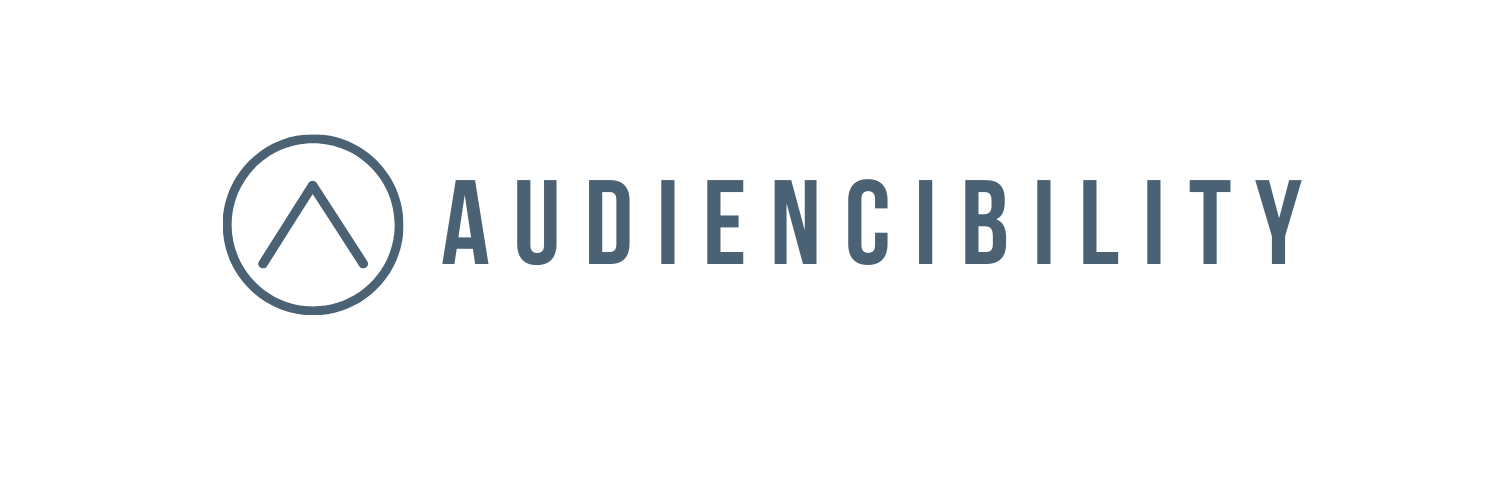I was laid off. Here’s how sharing the news on social media helped me
I’ve been telling folks that getting laid off from your profession of 21 years is like the worst “It’s not you, it’s me” breakup. Ever.
Because that’s what it is. It’s hard not to take it personally, but ultimately, it’s a decision you had no control over. (And don’t take it personally.)
What you do have control over is what happens next. And by next, I mean how you share the news.
For me, I knew I would be posting my “life update” to my Facebook, Twitter, LinkedIn and Instagram accounts. That’s why I put off doing it for about a week.
Telling people you’ve been laid off is a roller-coaster process. First there’s dealing with the news yourself. Then there’s dealing with the news when you tell your family, and when your colleagues find out. Then there’s announcing it to the world.
Each time, you’ll go through the grief or shock again, and you have to be prepared for that. I’ve also found, though, that with each announcement, each interaction, it got easier. It’s almost like public therapy.
I also knew that I’d get comments and responses. Whether it was 5 or 45, I knew that I would be managing them and responding to them and that would take time and energy. I had to be ready.
I wanted to keep my message positive and hopeful, because these are the energies I want to attract in my post-newsroom life. And it’s in my nature.
From Twitter to LinkedIn
So this was my plan.
(FYI: I did Twitter and Facebook on the same day. LinkedIn and Instagram happened the next day. I knew I couldn’t handle doing it all at once.)
Twitter: I’ve treated my Twitter as a mostly professional space. It’s where I build journalism cred. So my post was focused on the people I worked with, the good times we had, and my vague hopes for the future. I knew one of my main photos would show The Star. I liked every comment and responded to a few. I also added a comment thanking everyone in the thread. In retrospect, I would have responded to every comment. I also decided to pin the tweet to the top of my profile so people know my status.
Facebook: This is my personal friends space (I don’t have a professional page). So my note was a tad more personal, and I shared many of the same photos I shared on Twitter. I liked every comment and responded to a few. I also thanked everyone who commented.
Instagram: I have the fewest followers on Insta, and I know that many of them already follow me on other platforms. For me, Insta is a cross between work and fun. My messaging was about the same, perhaps a little more conversational than on Twitter.
LinkedIn: This was interesting! Though I’ve had a LinkedIn account for years, I never really understood its reach. I’ve read that it has morphed a lot over the years and has become a powerful networking tool. So I knew that a job change would be big news on LinkedIn, and I knew that I had to start making connections. Analytics say my post got 2,700 views — a huge surprise! My post also generated messages from people I’d never met who wanted to meet me and share ideas. This was the most incredible benefit. I learned later that I should’ve responded to every comment I got and how to update my profile for maximum impact.
Tips for you
Post when you’re ready. I waited a week, but there’s nothing wrong with a month or two. Or maybe you want to wait until you have a new job to share the news. Don’t feel pressured, just wait until it feels right.
Know your message. Are you going positive or negative? Cynical or optimistic? Definitely have a selfie or other visuals ready.
Be prepared to be sad and angry all over again. All the feedback will hit like another wave, but hopefully, you’re more prepared to take it.
Take time to respond. Each comment is from a person who cares about you and it will feel good to communicate with them.
Don’t underestimate the power of LinkedIn. This has been the biggest surprise for me. If your next step is to look for a job or strike out on your own, fill out your profile, craft a bio, upload a photo. Then start posting about your career interests or expertise. Connect with people. Most of the new people I’ve met since I was laid off found me through LinkedIn, and I learned a lot from talking to them!
It’s worth it. I felt like I could fully move on after I shared the news. And don’t forget to also update your bios!
I hope this helps. If you have other thoughts to share, please do! And if you are where I am, or if you heaven-forbid find yourself in same situation, I wish you health, healing and happiness!
Kathy Lu was most recently the digital and social media editor for America Amplified, a community engagement journalism initiative for public radio stations. She was previously an editor at The Kansas City Star, where she started in 2013 as the Assistant Managing Editor for Features. Before that, she was at The Roanoke (Va.) Times. She is passionate about diversity and audience and communication strategy. She is also a past president of the Society for Features Journalism. You can reach her at kathy@audiencibility.com.

